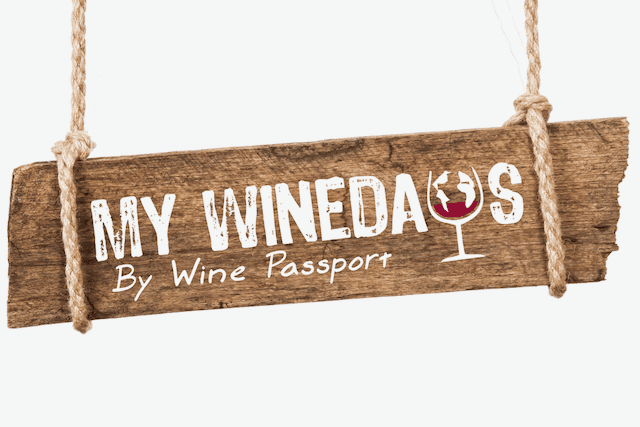Did you remember to decant the wine? Did you air out the wine? Every wine lover already heard such questions once. But what is the purpose of this act? Why wine needs to breathe? My Winedays team will now reveal you the secret of this technical gesture!
” Enjoy wine is more than just drink it, it’s an art! “
When tasting a wine, you can get kind of a “musty” feeling. Flat, without real character, the wine does not assert itself. You can feel that the aromas are like prisoners, that they cannot express themselves. This is what we call a “closed” wine.
Once bottled, the wine is confined and closes in on itself. Here is the role of airing wine: it needs to breathe. It needs a little help to reveal all its aromas and express itself with character.
To do so, wine needs to be in contact with oxygen, wine needs to breathe! Then, obviously, wine needs to be “opened”. We have to let it reveal itself and get rid of unwanted flavors so we can get the best sensory and taste experience as possible.
☀ It is also said that wine “wakes up”.
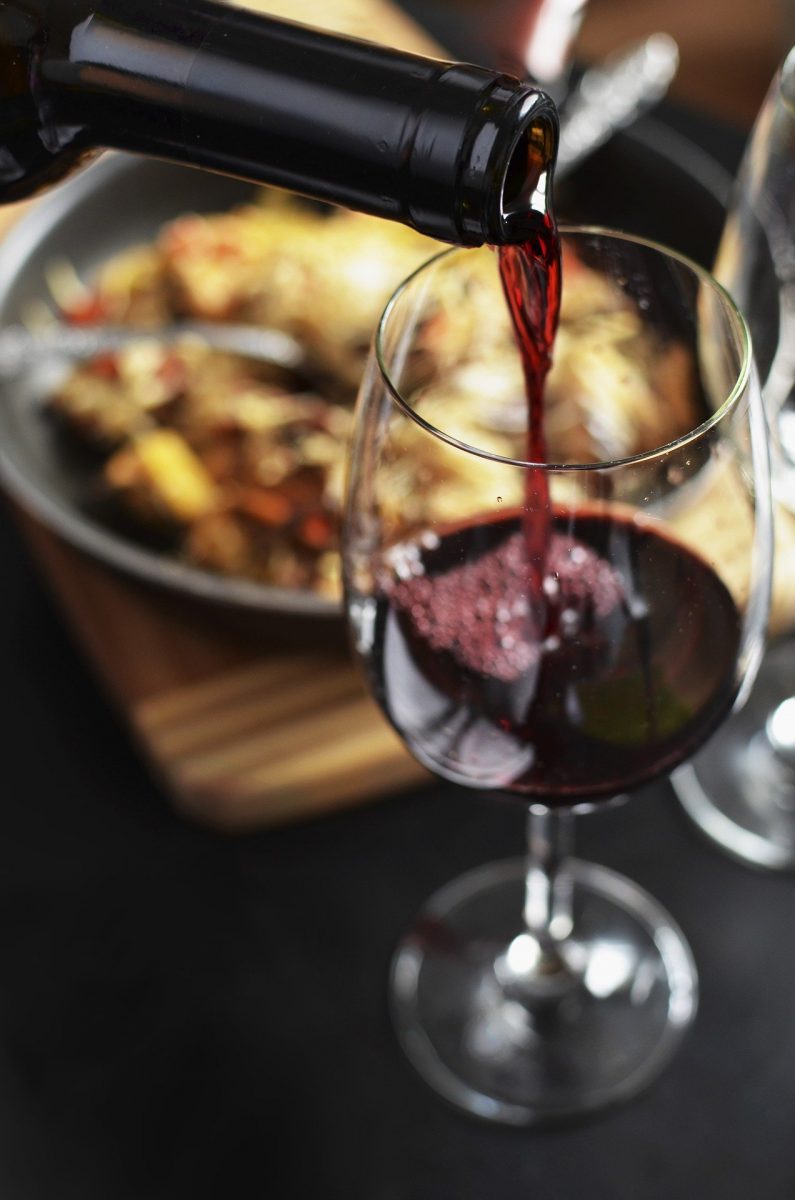
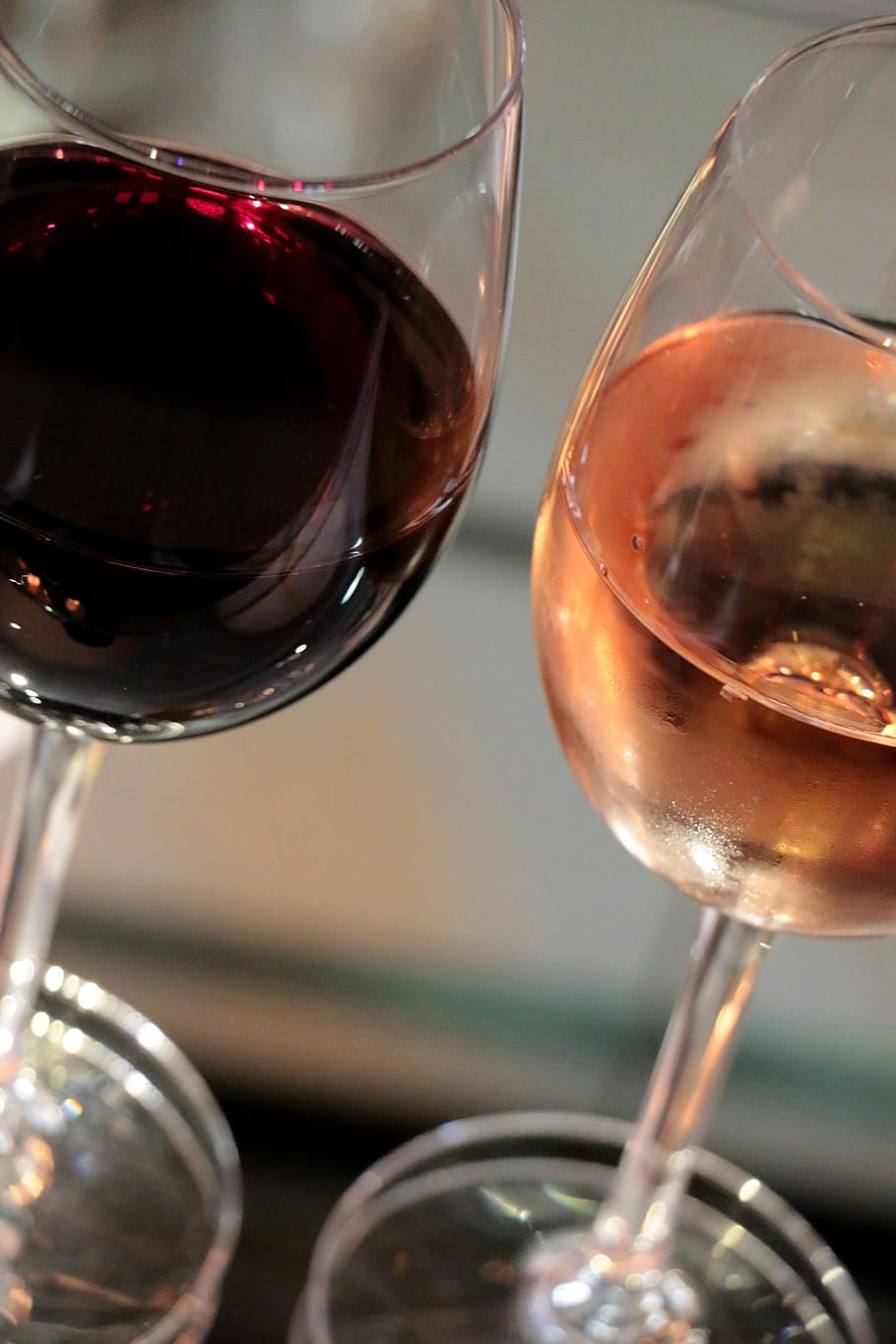
Not all wines are systematically “closed”. Wines close at a very young stage, often a few weeks after bottling, before opening again as they age.
Red wines often need to be aired. Indeed, more tannic and concentrated, young red wines leave a sensation of dryness in the mouth. They are said to be astringent. The tannin masks the bouquet of aromas, so we need to give it a little air so that it can open up, so that it can blossom.
It is therefore advisable to aerate young wines, especially red wines as mentioned above. However, young white wines and rosés also need a little breath of air. Occasionally, this allows them to evacuate small unpleasant flavors (Sulphur, acidity). Moreover, depending on the wines, the time needed for contact with the air is not the same.
Beware! Not all wines need to breathe!
Old wines are sensitive, so they will have to be “decanted” instead of being aired.
There are several techniques for aerating wine. Whether you are an amateur or a professional, there are various techniques that can be adapted to all levels. Here they are:
Slowly but surely!
Here is the most common and simplest technique: uncork a bottle for a few hours before tasting it. Forgot? Don’t worry, even half an hour can make a little difference. However, remember to check if the wine you’ve chosen needs to be aired or not. ⚠ It’s a one-way gesture!
Simply open the bottle limits the surface of aeration to the neck. This technique thus gives the wine time to open gradually without altering it.
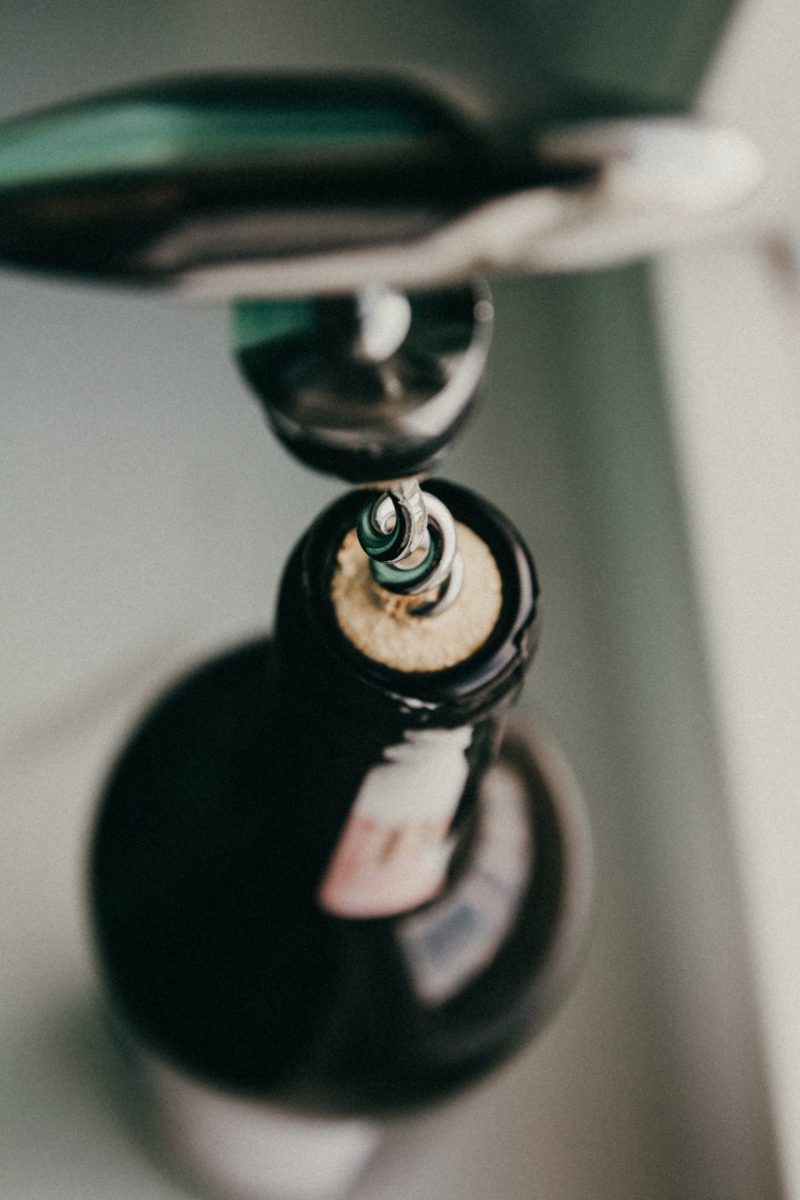
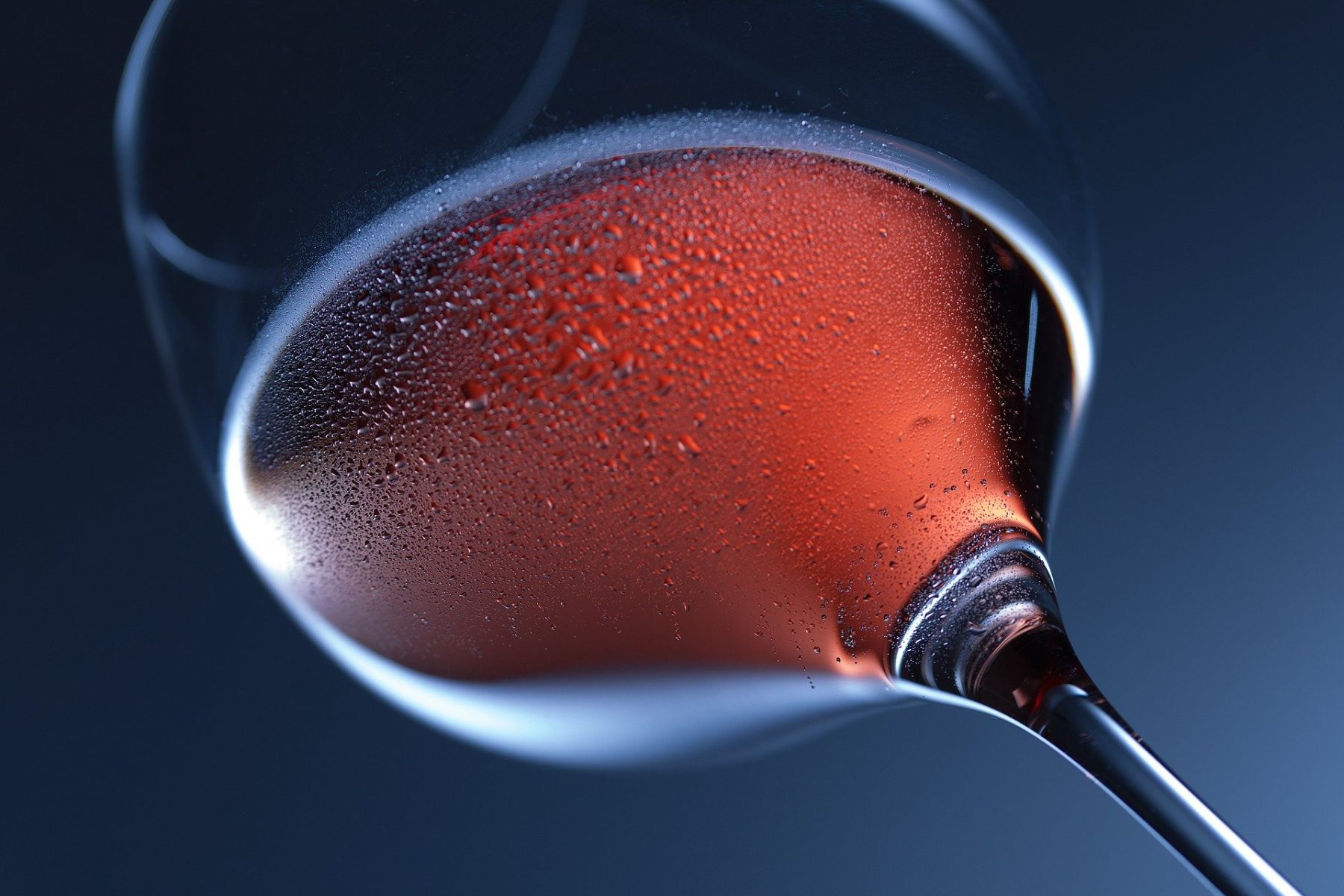
Time for a little wine walz!
This technique may seem complex at first glance, but in the end, it is quite simple. Thanks to this technique, just with the naked eye, you can see that if the wine is a little pale. Swirling the wine in the glass then reveals its sweet flavors.
Little extra: When you pour wine into glasses, holding the bottle more than 20cm from the glass allows the delicious beverage to be in contact with oxygen and then get better.
✨What’s more, what a pleasure it is to see your wine dancing from right to left on the walls of the glass. ✨
Give wine more space!
While a waltz in the glass is enough for whites and rosés, for red wines it is better to pour them in a carafe: this is called “carafer”. In English the word “to decant” is used to define this action, but in French we say “carafer”.
Note that “carafer” and decant are 2 completely different things!
This is done by pouring the wine into a carafe. The wine will then have a larger surface area in contact with the air and will be able to aerate itself properly. Ideally, this should be done 2 hours before tasting.
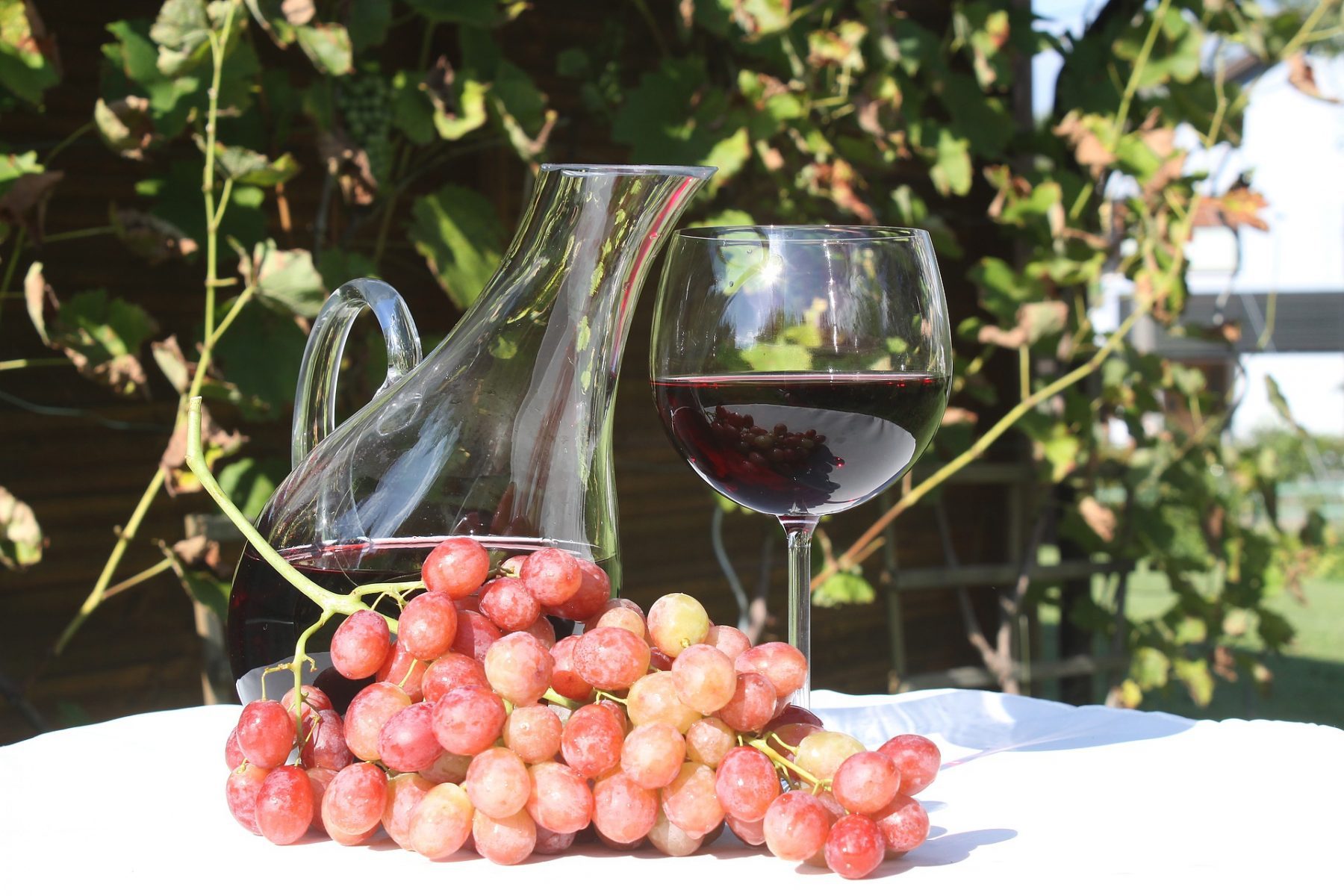
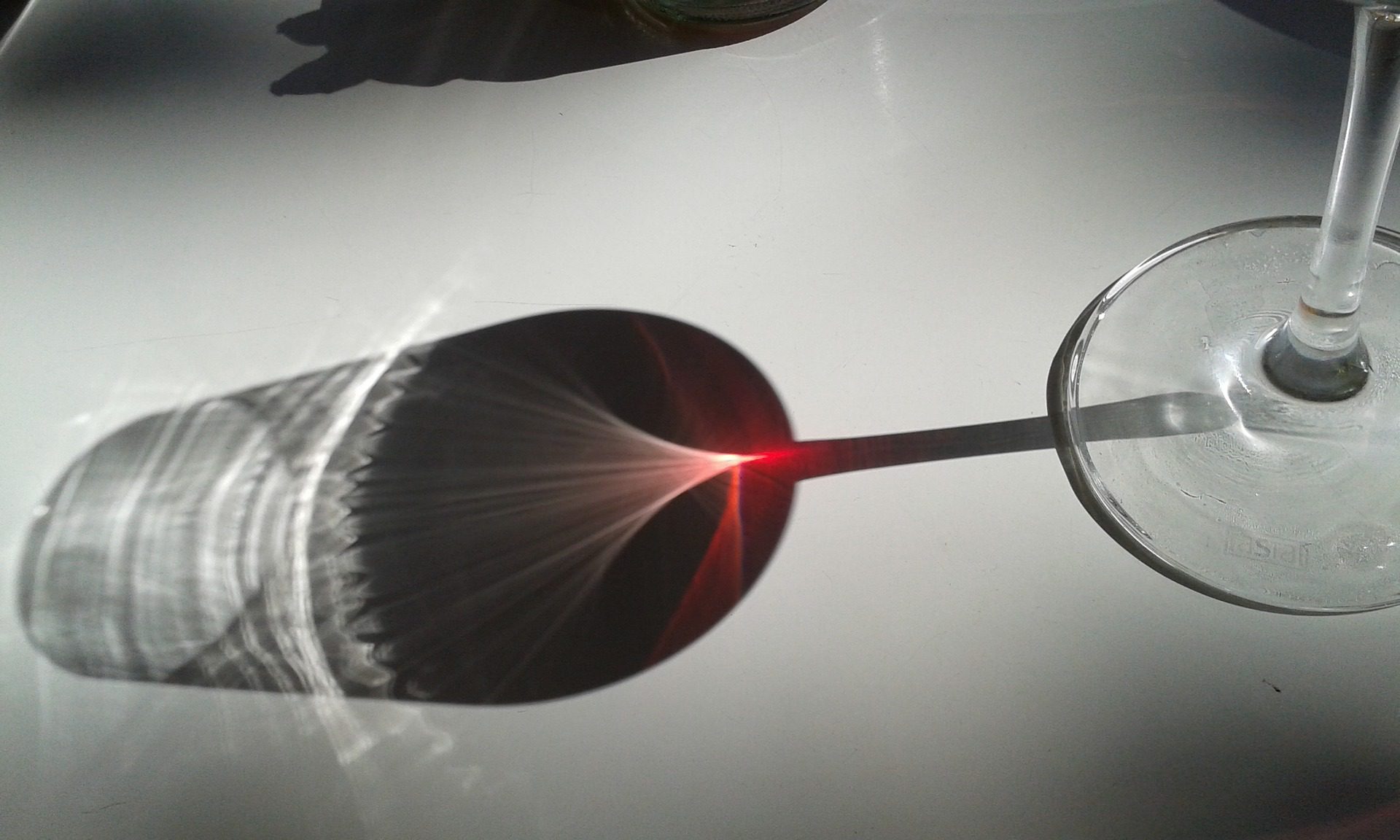
The professionnals’ technique!
Finally, here is the most advanced and technological technique, the one adopted by professionals. 🧐
Using a decanter in the traditional way takes time. The use of an aerator is really convenient and will speed up the process.
Simply place the aerating stopper over the glass and pour the wine into it. This way, the utensil brings a large amount of air to the wine in a very short time. The wine can then fully develop and reveal its best.
Even if we said that wine needs to breathe, the aeration of a wine is a process with no possible return. It is irreversible! So you’d better be vigilant…
At the risk of being hyper-oxygenated and losing all its qualities, it is recommended not to aerate old wines. Indeed, they have rested in the cellar for years and opening them to a large quantity of oxygen would be too brutal.
Therefore, it would be a pity to lose a potential delicious wine, right?
Then, it would be better to “decant” them. That is, make sure that the lees, a deposit present in the bottom of the bottle, does not end up in your glass. These deposits do not alter the taste of wine, but it is still more pleasant not to have them in your mouth. It is also aesthetically really pleasing.
However, decanting a wine is not easy and requires a certain skill!
To do this, you need a narrow carafe (to limit contact with the air) and pour the wine gently and carefully into it. The ideal is to do so facing a source of soft light such as a candle. This allows you to view the residual and stop before it has escaped.
But beware, not all old wines should be decanted!
“Carafer”, and especially decanting, are not exact sciences and require a certain amount of knowledge. Don’t hesitate to ask for information or to learn directly from real experts!

Want to discorver why does wine need to breathe? So what about joining the experts of My Winedays team to the different wine-growing regions of France? In Paris, in Loire Valley or in Champagne, guiding you through the vineyards, our wine experts will be delighted to reveal the greatest secrets of wine aeration.
🤫
| Cookie | Duration | Description |
|---|---|---|
| cookielawinfo-checkbox-analytics | 11 months | This cookie is set by GDPR Cookie Consent plugin. The cookie is used to store the user consent for the cookies in the category "Analytics". |
| cookielawinfo-checkbox-functional | 11 months | The cookie is set by GDPR cookie consent to record the user consent for the cookies in the category "Functional". |
| cookielawinfo-checkbox-necessary | 11 months | This cookie is set by GDPR Cookie Consent plugin. The cookies is used to store the user consent for the cookies in the category "Necessary". |
| cookielawinfo-checkbox-others | 11 months | This cookie is set by GDPR Cookie Consent plugin. The cookie is used to store the user consent for the cookies in the category "Other. |
| cookielawinfo-checkbox-performance | 11 months | This cookie is set by GDPR Cookie Consent plugin. The cookie is used to store the user consent for the cookies in the category "Performance". |
| viewed_cookie_policy | 11 months | The cookie is set by the GDPR Cookie Consent plugin and is used to store whether or not user has consented to the use of cookies. It does not store any personal data. |
